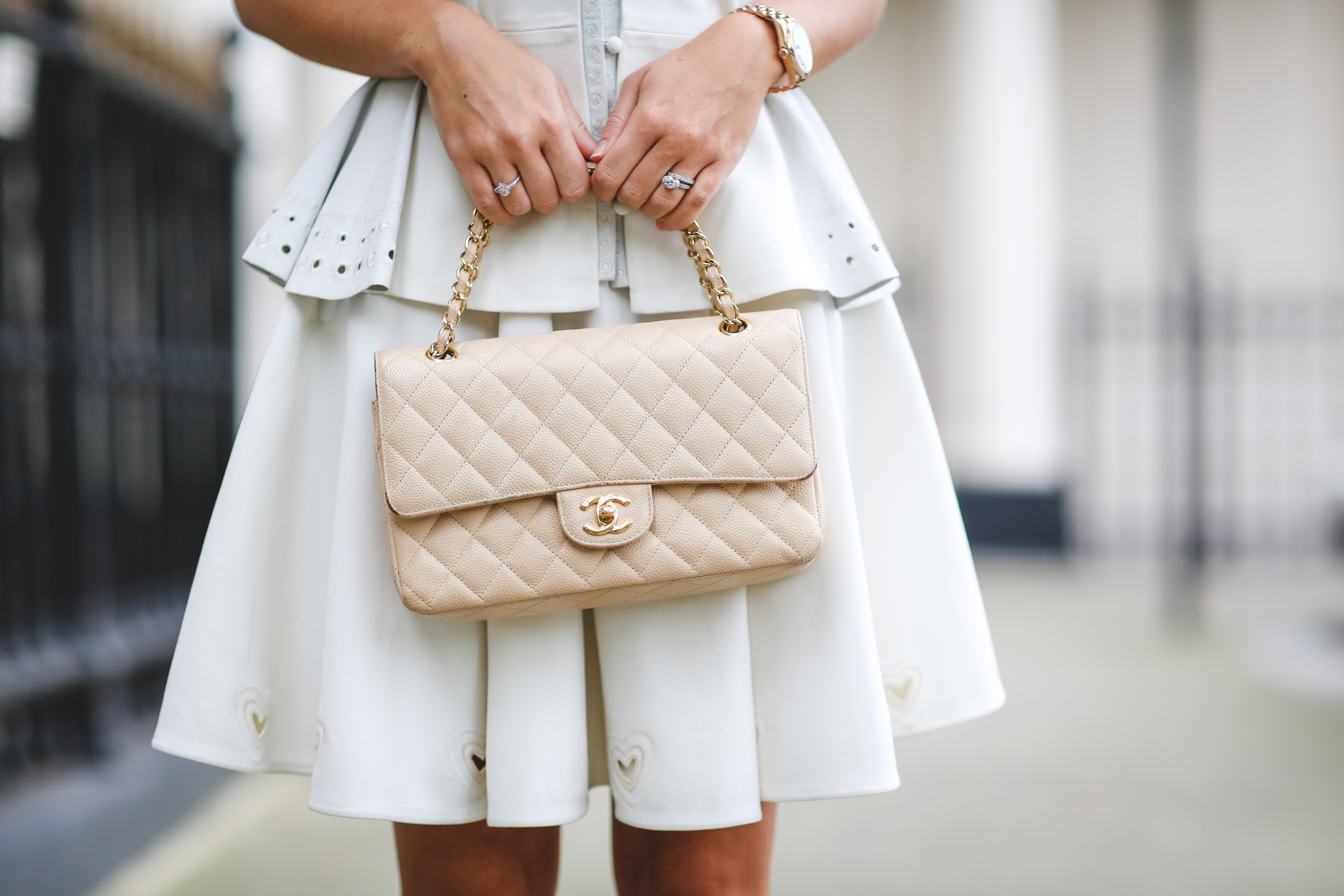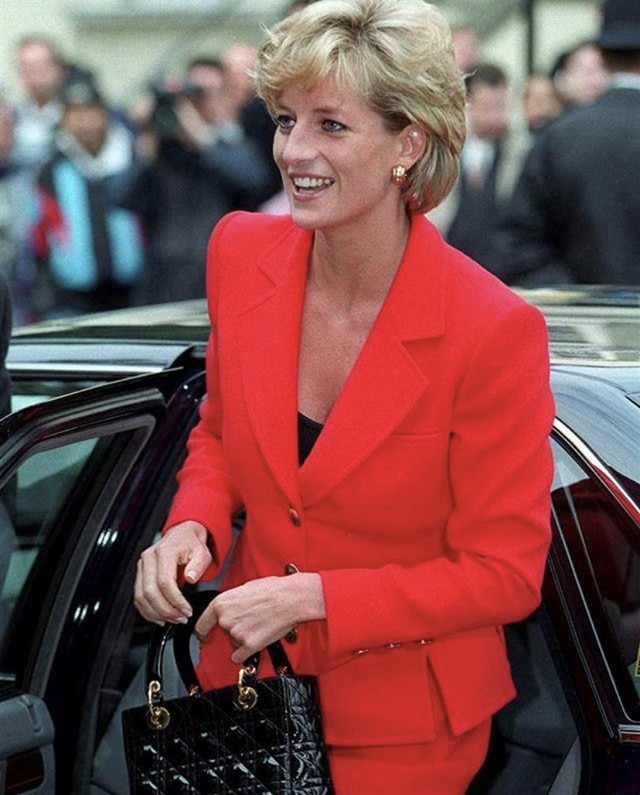The History & Legacy of Celine
Celine is renowned for producing luxury clothing and accessories that women actually want rather than exotic fashion that's unrealistic for day-to-day wear. Although the brand is often defined by Phoebe Philo's modern, minimalistic and sophisticated aesthetic, Celine has a long history dating back to the 1940's.
The Start of An Empire

Although the brand is now known as an iconic women’s fashion brand, Celine actually started as a made-to-measure children’s shoe boutique. In 1945, Céline Vipiana and her husband Richard opened their very first store in 52 rue Malte, Paris.
The shop was known for its highly distinctive red elephant logo created by the famous French cartoonist, Raymont Peynet.
The French Fashion Revolution
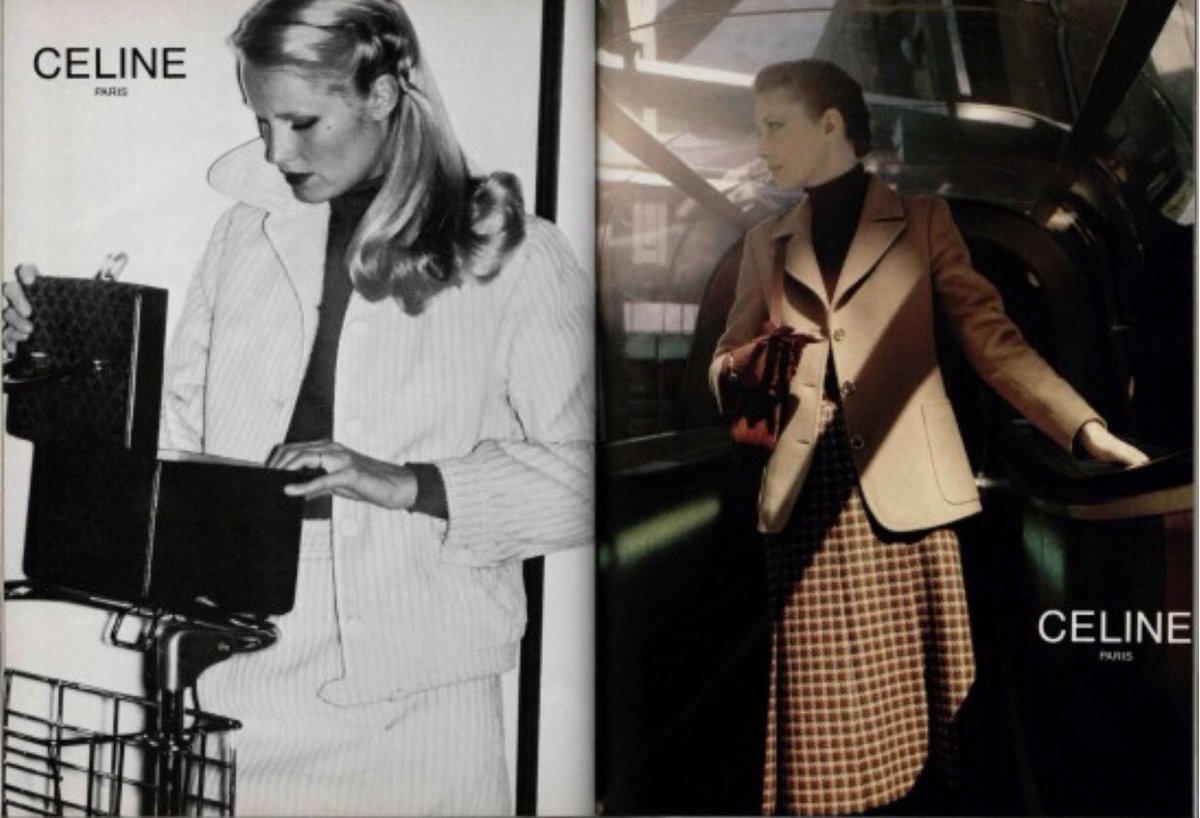
The brand quickly became popular, by 1948 they opened three more stores.
After a decade of success, the couple expanded their operations to include luxury accessories and women’s ready-to-wear sportswear. This includes wool skirt suits, fitted shirts, leather vests, and pastel-coloured denim.
What set them apart from other luxury brands was that Mrs Vipiana intended to create functional, everyday women’s items rather than unnecessary, frivolous items.
Fashion Never Sleeps, So Neither Did Céline
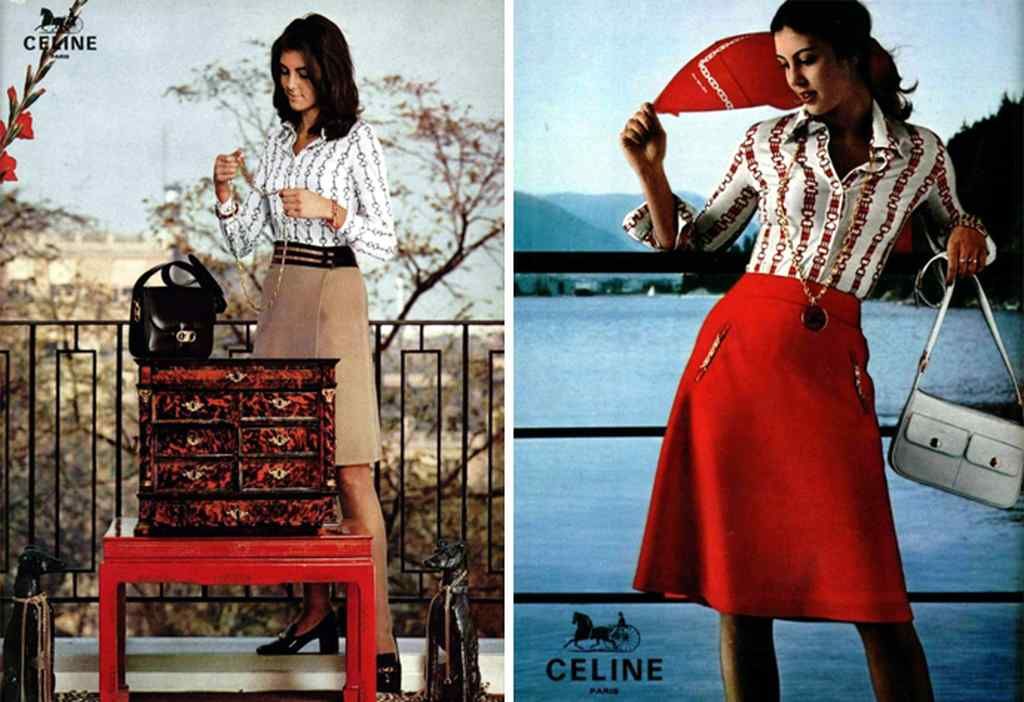
Thereafter, the French fashion revolution expanded. During this time, the founders dreamt bigger and did not stop for anyone.
1963
As the brand increasingly focused on women, it was only natural that the duo expanded to women’s shoes.
1964
Celine released their very first fragrance. The Vent Fou is said to be a pleasant scent featuring notes of galbanum, jasmine, and rose.
1966
The brand then extended to other women’s accessories such as luxury handbags, belts and gloves. Celine then opened up a factory in Florence, Italy to keep up with the high demand for leather goods while maintaining quality control.
The Early 70’s
By the 1970’s, Celine opened international boutiques across the globe, from Monte Carlo to Hong Kong.
The Elephant In The Room

In 1973, Celine replaced their child-like red elephant logo with a classy design known as the Blazon Chaine. This redesign features intertwining Cs inspired by a famous Parisian landmark, the Arc de Triomphe. This became Celine’s first signature ‘C’ Sulky canvas.
The LVMH Empire

Because Celine was becoming so successful, it attracted the eyes of many investors including Bernard Arnault, the chairman and CEO of luxury conglomerate LVMH. Today, LVMH owns around 75 prestigious brands including Louis Vuitton, Christian Dior, Givenchy, Marc Jacobs, Fendi, Bvlgari, and more.
LVMH invested in Celine and adopted all 89 of its stores. However, it was almost a decade later when Celine officially became a part of the LVMH group in 1996.
The Michael Kors Era
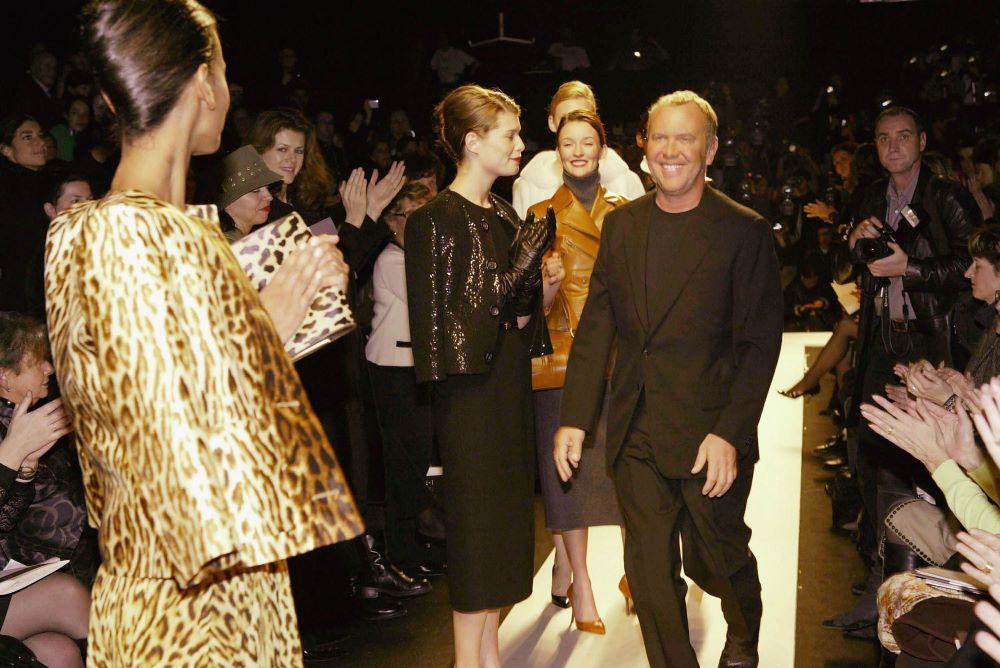
Mrs Vipiana remained the designer of Celine until she died in 1997 at 84 years old. After her passing, Michael Kors took over as lead designer for the brand’s ready-to-wear department.
Michael Kors’s Approach
During Kors’s time, he emboldened a luxurious modern feminine glamour combined with a sporty spirit. Of Kors (see what we did there?), he was partly responsible for Celine’s ‘it’ bag appeal with the Boogie and Poulbot styles.
More of Michael Kors
In 1999, he was appointed creative director. However, he did not remain in his position for long. By 2004 he left to focus on his namesake label. Thereafter, the brand struggled to find the perfect succeeding creative head that would be the right fit.
Celine’s Transition

The transition post-Kors was tough: LVMH brought in two established creative directors but neither seemed to fill Kors' shoes. Former Burberry designer, Roberto Menichetti, lasted only a year. Thereafter, Ivana Omazic (who had previously been at Prada, Jil Sander, and Miu Miu), tried her hand at heading the company in 2006 but couldn’t quite deliver.
Phoebe Philo’s Reign

Still today, Phoebe Philo is known as Celine’s saviour, she brought the company back to the forefront of the fashion industry. Philo came from Chloé, another well-known women’s fashion brand, and transformed Celine with her unique style. Phoebe Philo emboldened a chic and minimalist take on Vipiana’s original aesthetic and made the brand relevant once again.
Philo’s First Collection
Her first Celine collection was the Spring 2010 line. Through her fashion, she showed her understanding of what women want. Her collection consisted of clean lines, precise tailoring and neutral tones. With her success, Philo put the brand back on the fashion map and raked in the brand’s fortune.
Iconic Celine Trends
Through her time, she started iconic fashion trends including the brand’s iconic ‘it’ bags like the Trapeze, Classic, Luggage, Cabas style bags. Other trends include the white tennis shoe trend (even Adidas admits that “She made it palatable to women”).
Empowering Fashion
Philo also used Celine’s platform to promote empowering messages, her feminist-driven Spring 2017 collection unapologetically highlighted the female body. She also paid tribute to significant figures such as the 86-year-old Joan Didion, cast as the face of the Spring 2015 campaign.
In her personal life, Philo became the first designer at a major fashion brand to take maternity leave.
Hedi Slimane

After a decade, Philo finally stepped down and was then succeeded by Hedi Slimane, Celine’s current creative director. This was not long after his controversial rebrand of Saint Laurent (Slimane is the reason the brand no longer goes by ‘Yves Saint Laurent’ but ‘Saint Laurent’ instead). Moreover, Slimane completely eradicated Philo’s signature look that she cultivated over her decade-long era as Celine's creative director. Instead, Slimane did away with neutral tones and well-tailored pieces by replacing it with his own edgy, punk style that’s "driven by youth culture, indie rock and sulking adolescence." Some even may even say that Slimane turned Celine into Saint Laurent.
Celine for Men
Hedi Slimane has a strong background in luxury menswear. Therefore it comes as no surprise that he has managed to expand Celine’s men’s market which has proven successful for the brand.
Celine’s Rebranding
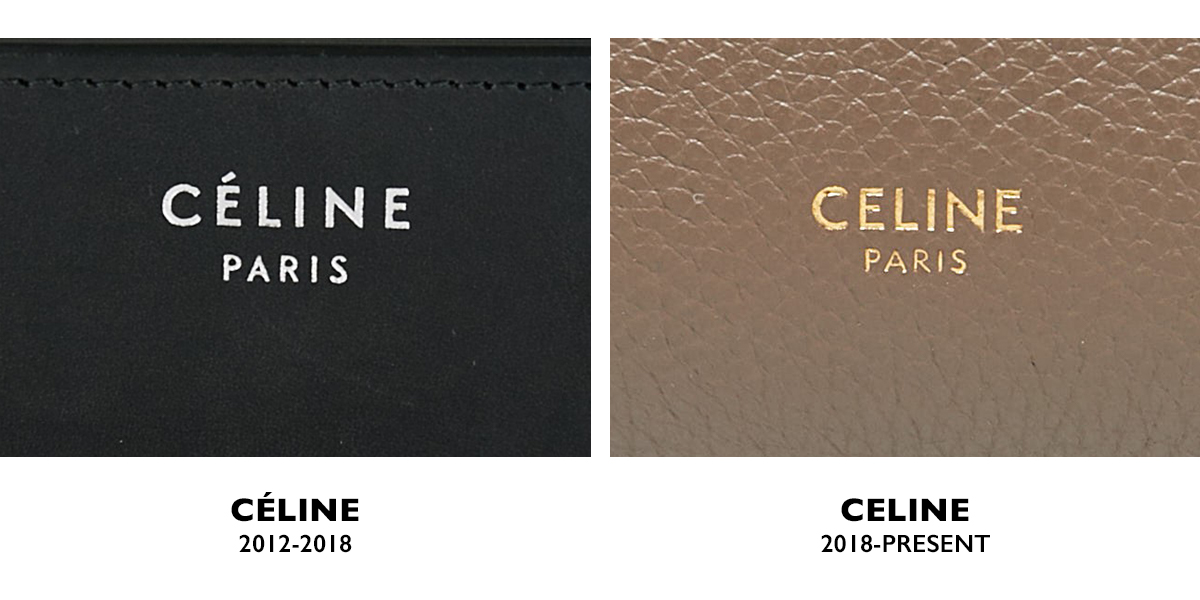
For many years, the brand was known as Céline. However, in 2018 Slimane did away with the signature accent, making it simply: Celine. The rebrand was revealed to the public via the House’s Instagram, simultaneously they deleted the brand’s entire Instagram history. According to a statement released by Celine, "the new logo has been directly inspired by the original, historical version that existed in the 1960s,"
Additionally, the latest logo uses modernist typography from the 1930s. The spacing between the lettering has also been narrowed to create a tighter appearance.
Celine Today
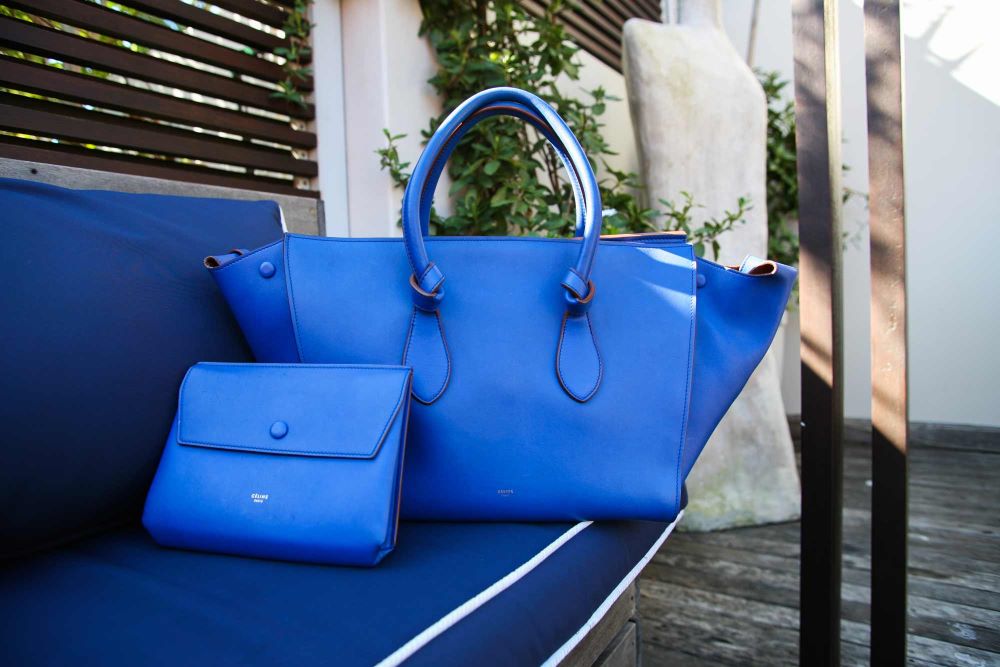
This year, the luxury market report revealed that pre-owned Celine handbags outperform its original retail price - making it an excellent investment. In fact, Celine now holds the top third position in the handbag category for the highest investment return on a luxury bag in South Africa. Of course, this comes as no surprise to us and others who know the brand well.
Where To Buy Celine Accessories
If you’re considering investing in fabulous Celine handbags, shoes, sunglasses, and more, then you’ve come to the right place. Our online selection boasts a range of highly coveted luxury items.
 Back
Back


